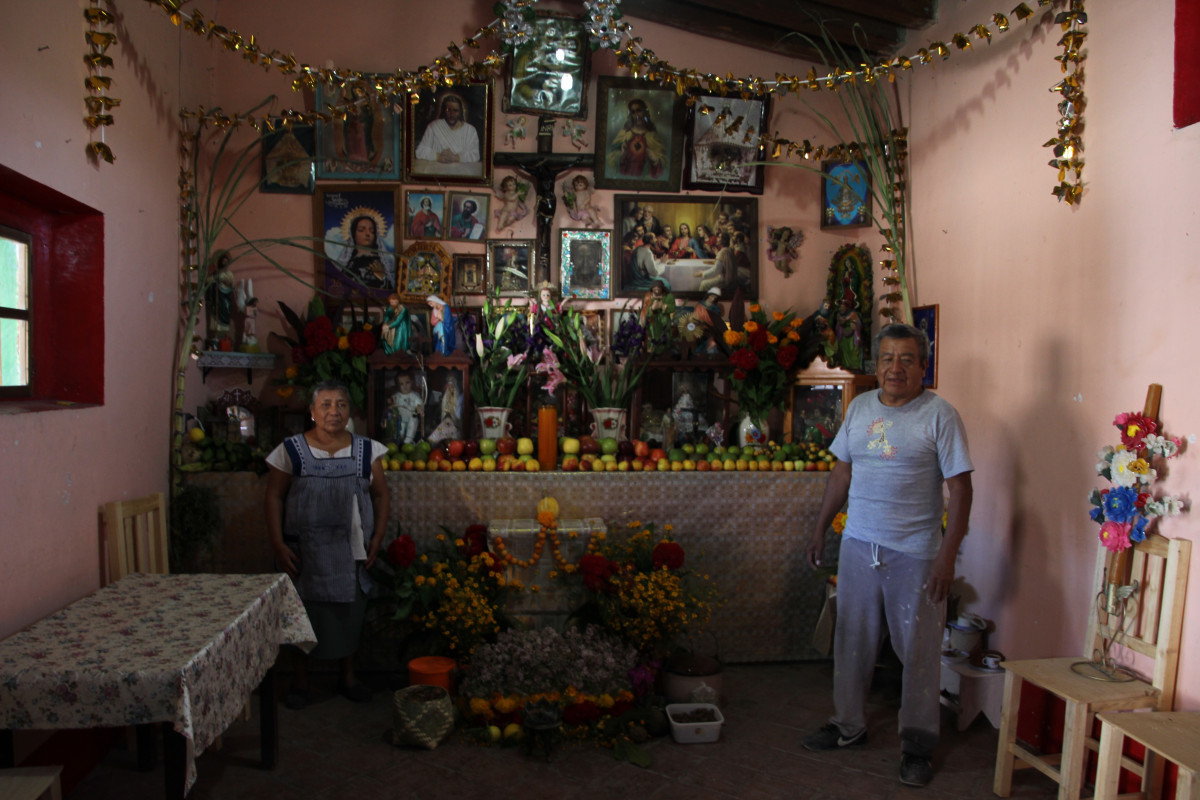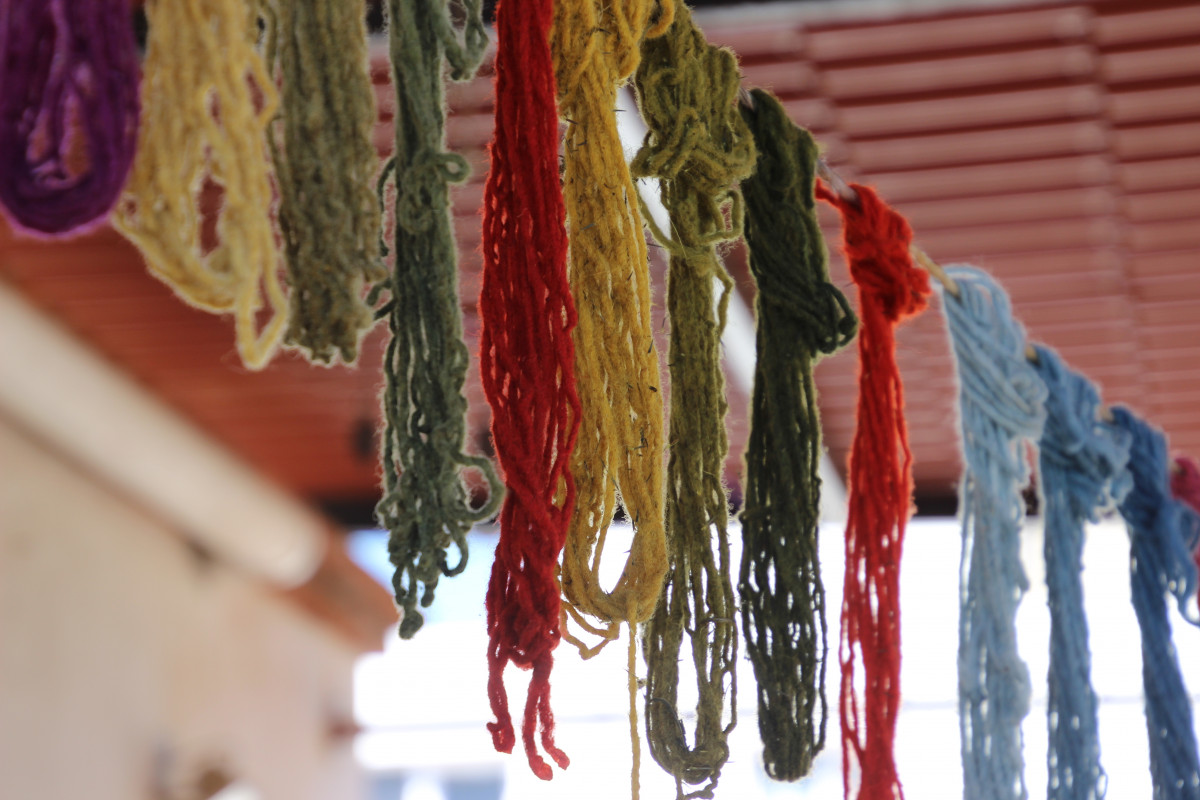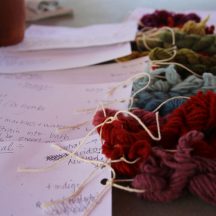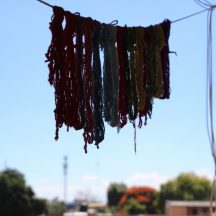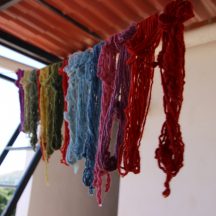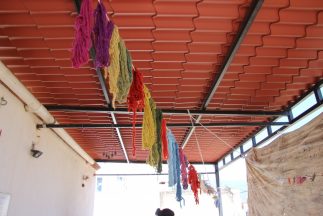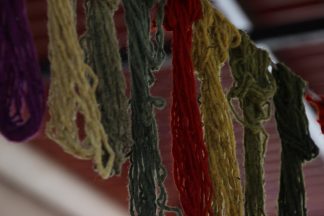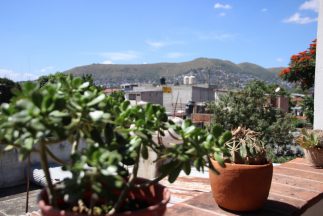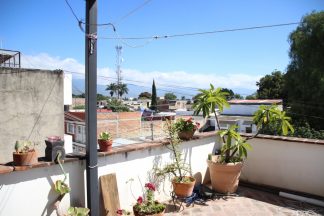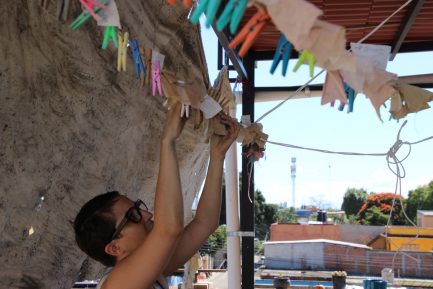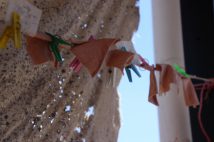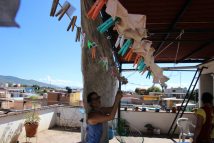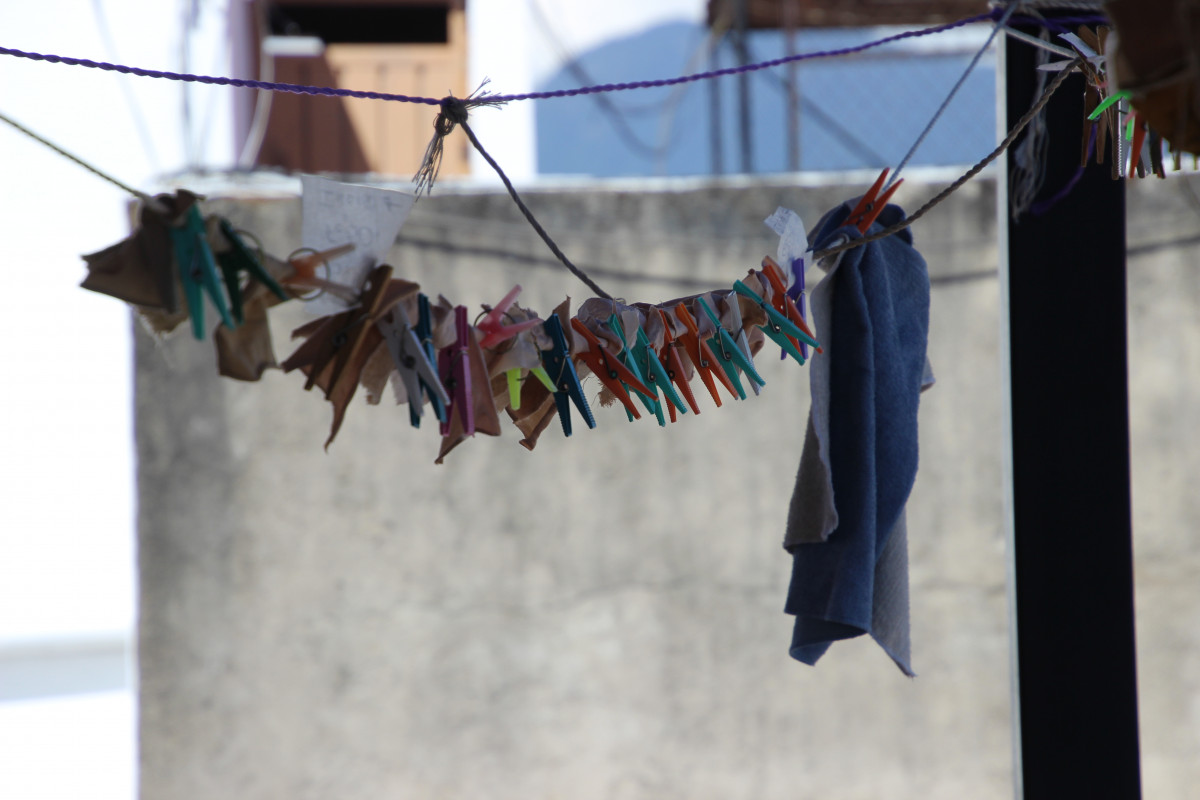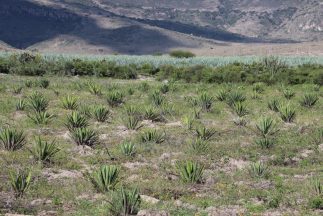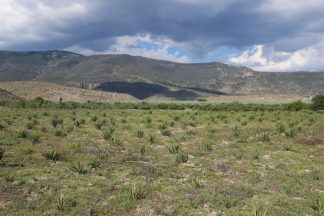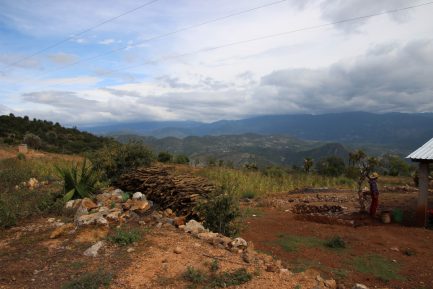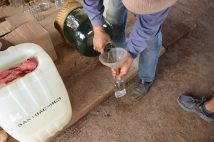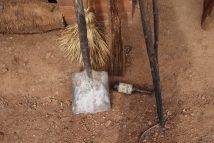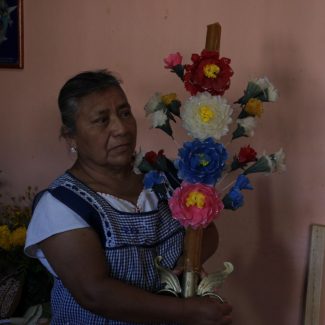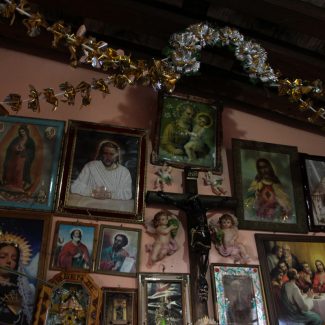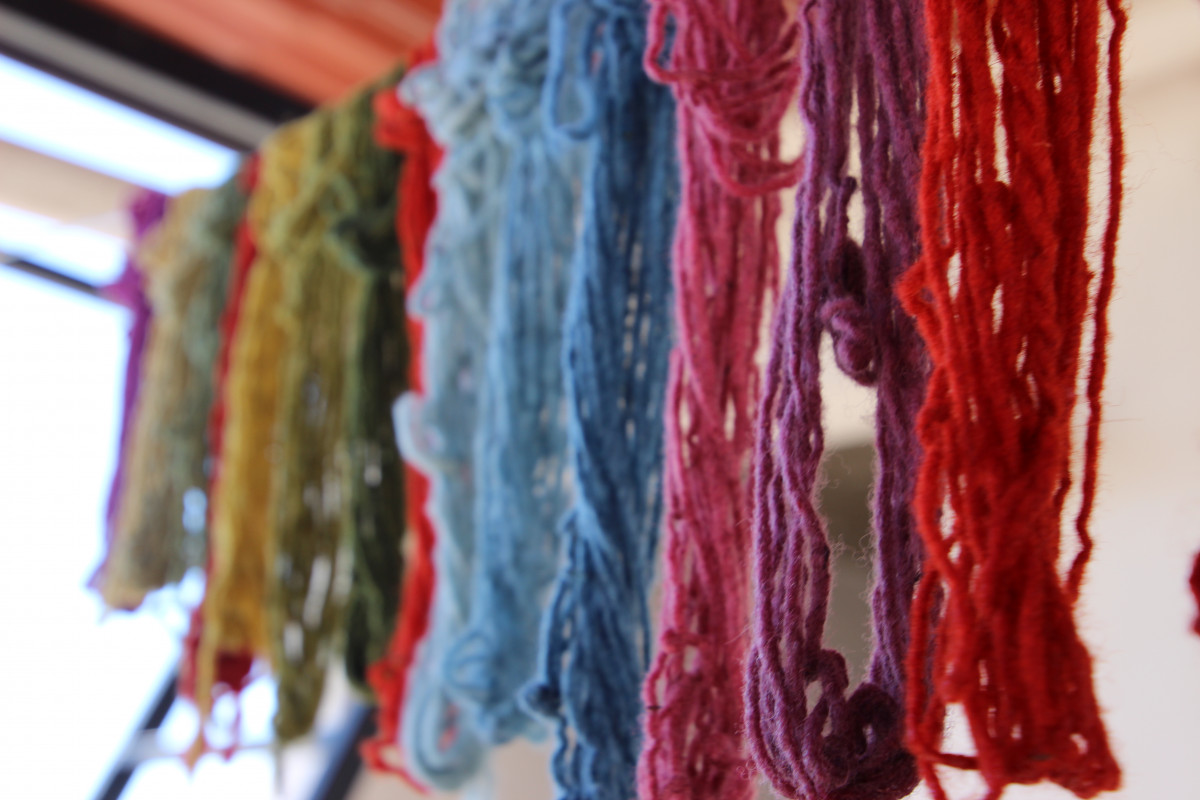 While my trip was about a month ago there is still so much more to share about the colors I got to explore while I was studying in Oaxaca. My busiest workshop was with Elsa of Taller Tenido a Mano, https://www.instagram.com/tenido_a_mano/who is today considered a bit of a natural dye wizard in Oaxaca. While natural dyeing is still done in the state of Oaxaca, it is used far less. And without places like the Textile Museum of Oaxaca or young people like Elsa keeping this important and beautiful tradition alive it could very easily become a tale of the past. After being lost for a good 20 minutes on the colorful streets in Oaxaca’s city center I found Elsa’s house, her mother was watching her newborn and her husband was at work with the Textile Museum. We ascended the stairs to her open air roof-top dye studio, a dreamy place to learn.
While my trip was about a month ago there is still so much more to share about the colors I got to explore while I was studying in Oaxaca. My busiest workshop was with Elsa of Taller Tenido a Mano, https://www.instagram.com/tenido_a_mano/who is today considered a bit of a natural dye wizard in Oaxaca. While natural dyeing is still done in the state of Oaxaca, it is used far less. And without places like the Textile Museum of Oaxaca or young people like Elsa keeping this important and beautiful tradition alive it could very easily become a tale of the past. After being lost for a good 20 minutes on the colorful streets in Oaxaca’s city center I found Elsa’s house, her mother was watching her newborn and her husband was at work with the Textile Museum. We ascended the stairs to her open air roof-top dye studio, a dreamy place to learn.
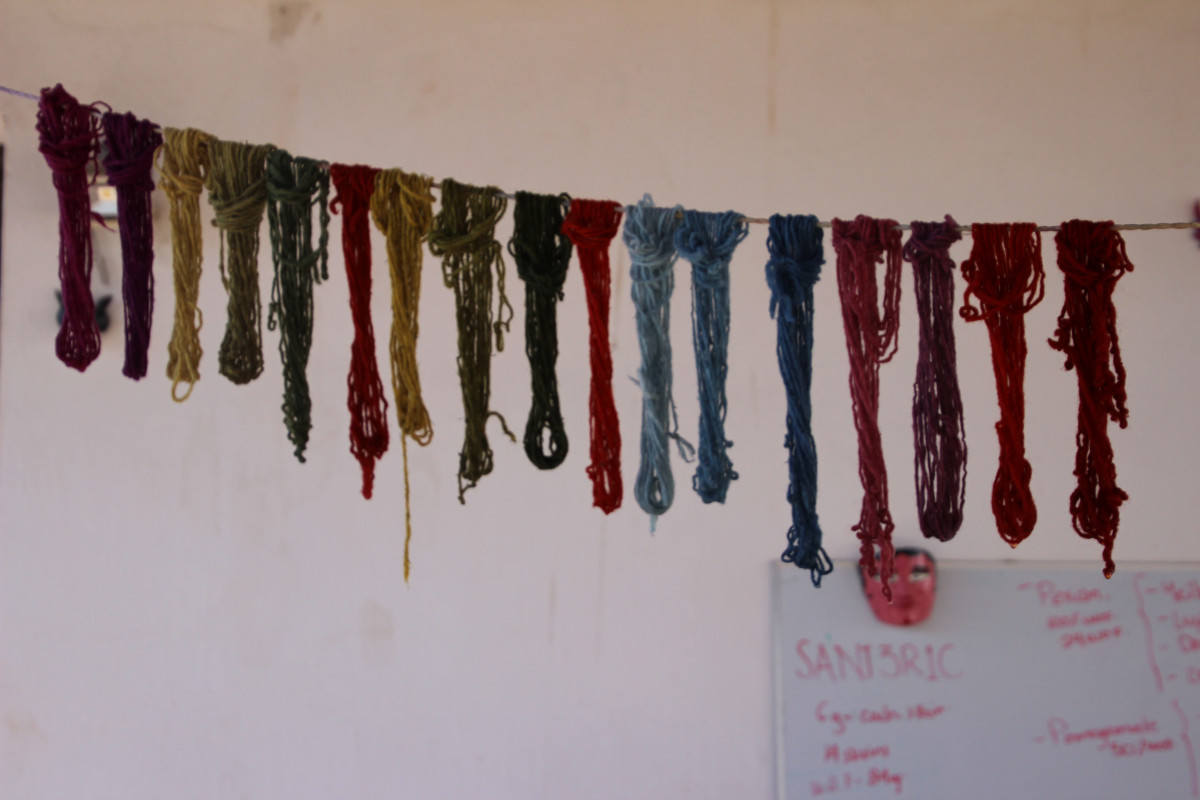
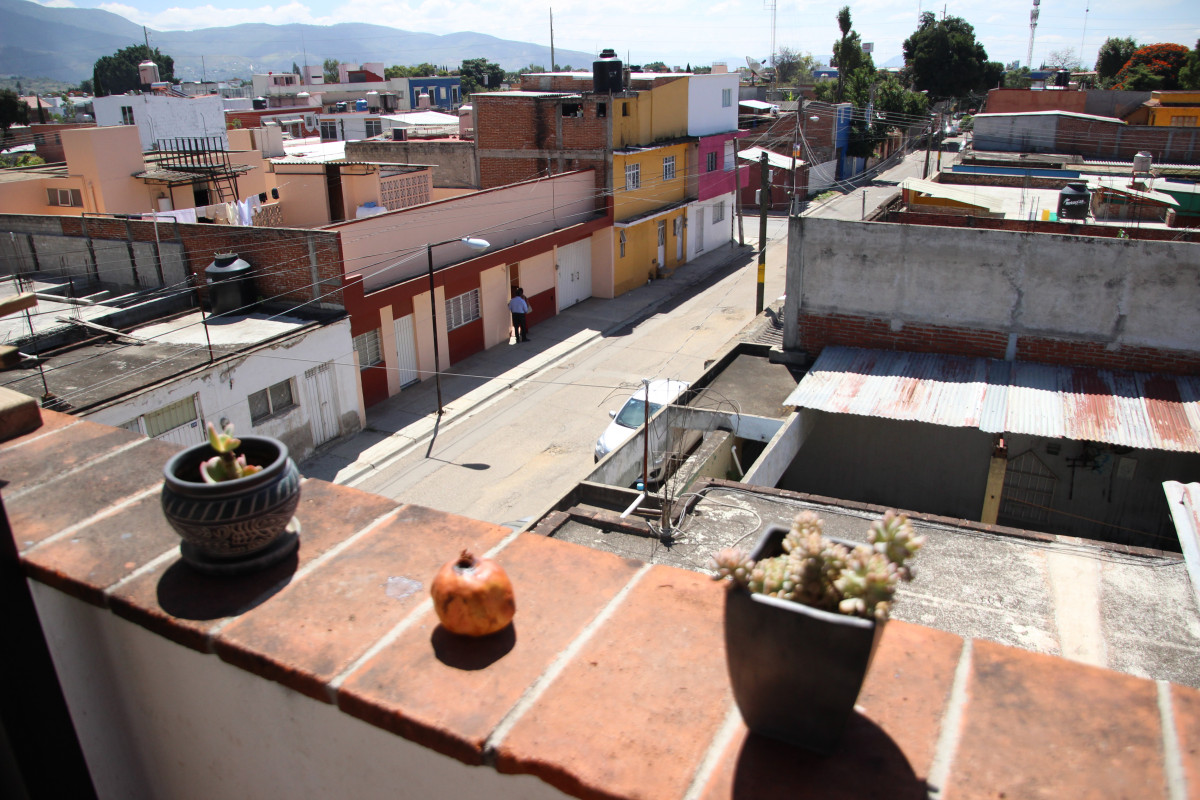
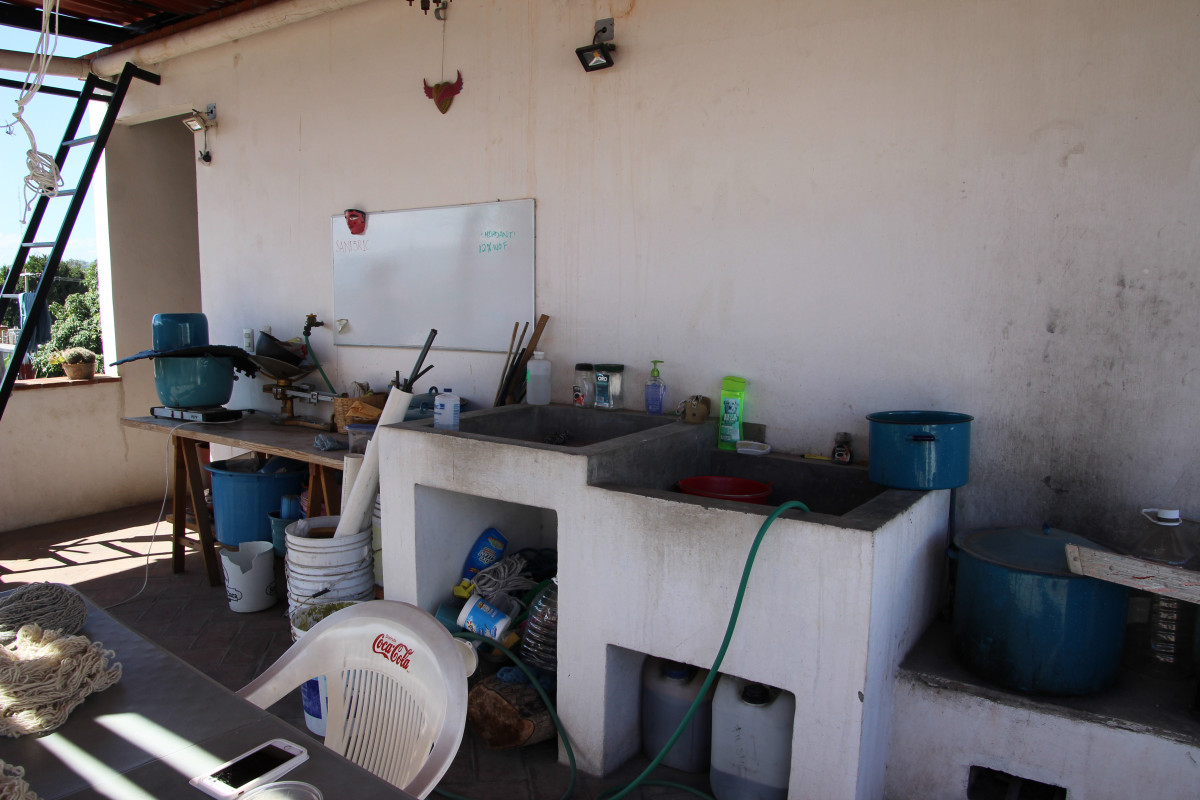
Recently Elsa and her husband had their entire rooftop made into a beautiful rooftop natural dye studio. This is convenient but also important because even natural dyes can be toxic, there is such a thing as too much of a good thing. You need to have clean surfaces and particular pots and tools to properly dye proteins.
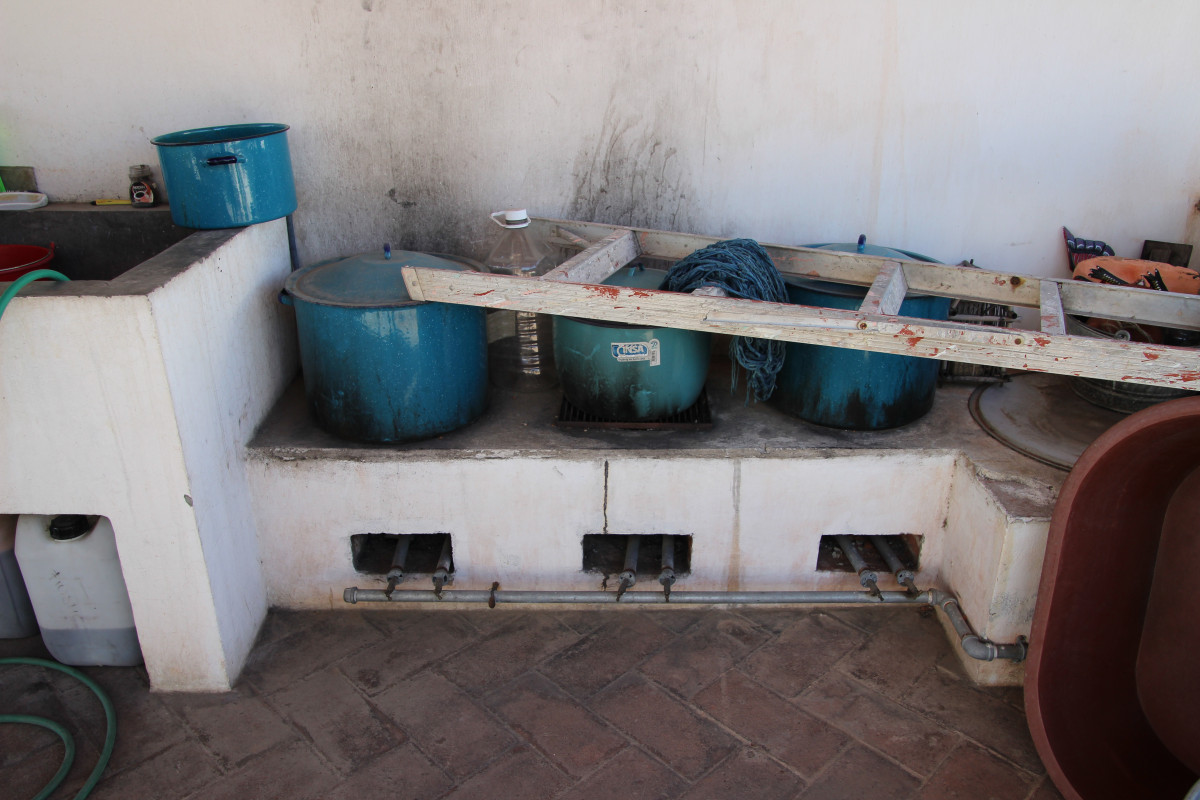

Elsa and her husband work full time in natural dyes and are partnering with local business and organisations locally, but also abroad. While I was taking this workshop with Elsa it just so happened that a past student of hers, Amy Taylor was visiting. Amy Taylor was stopping into Oaxaca to do some pigment tests with Elsa. They hope to partner in the future doing more workshops. Amy was on her way to Chincherro, Peru for an artist residency she was invited too. Amy, like Elsa now does natural dyeing full time as an artist, she makes amazing naturally dyed, organic fiber underpants. here is her webpage https://www.msamytaylor.com/
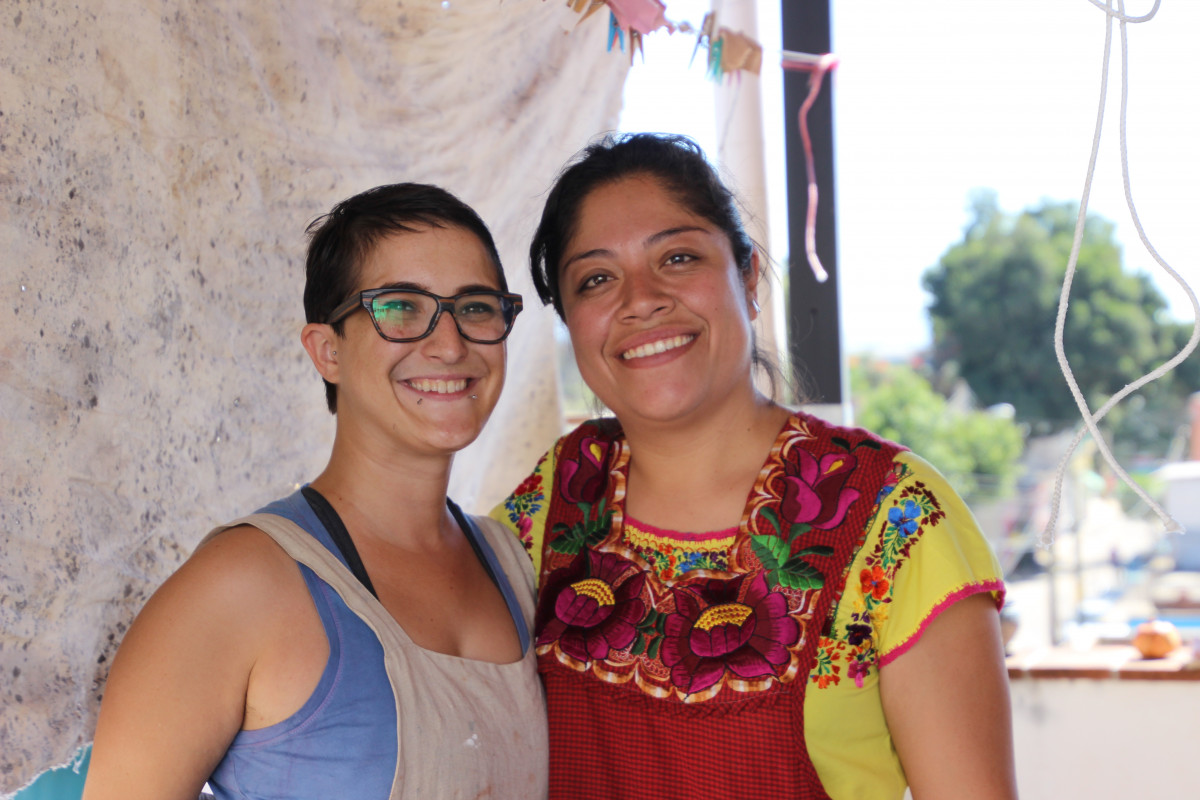
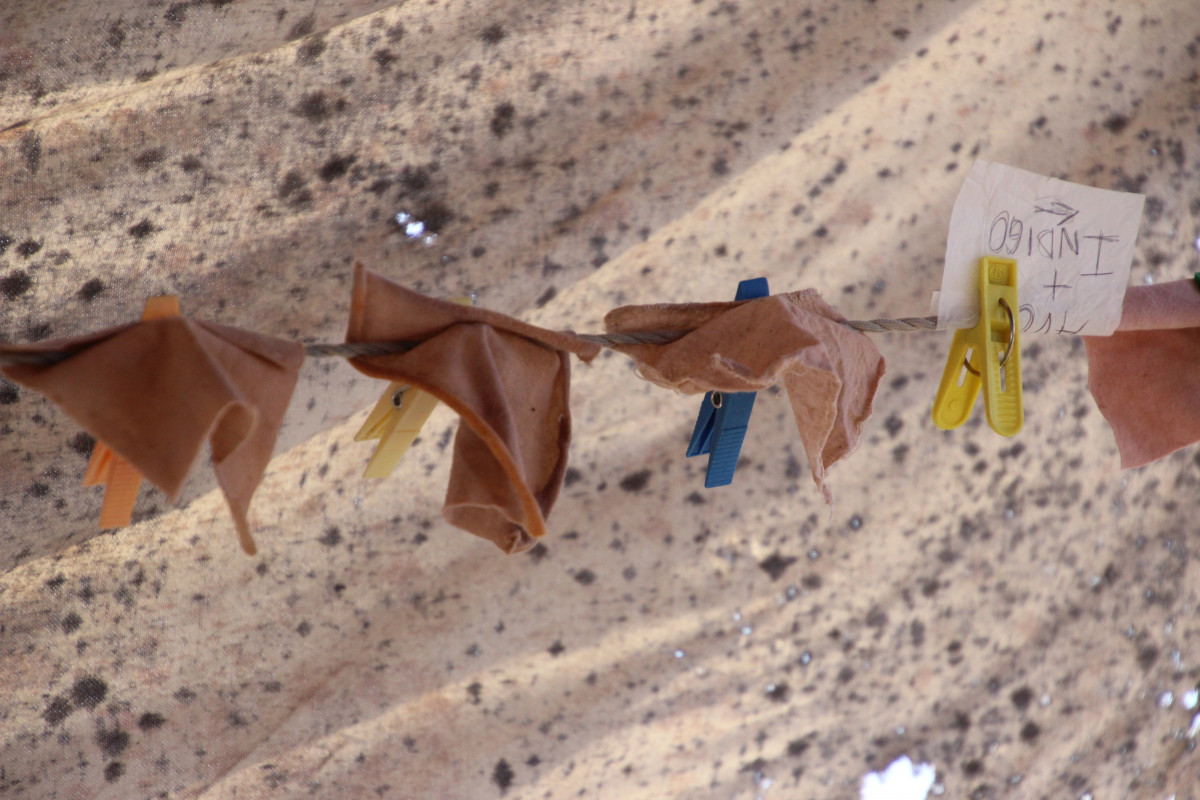
Elsa and Amy were doing a variety of experiments on different fibers in an attempt to get stronger colors. They were trying many different mordants and over dyes.
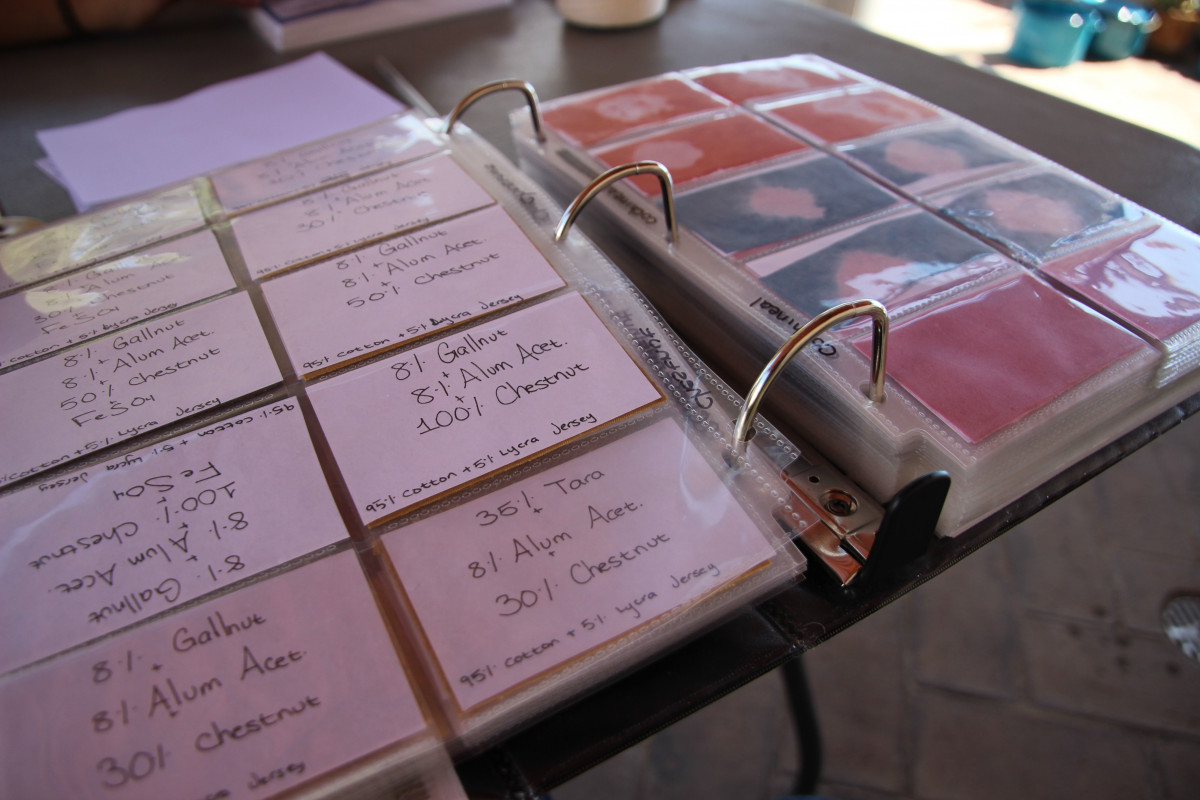
Elsa and Amy were amazing resources for natural dye knowledge and it was amazing to see how they have stayed connected over the years through their passion for natural dyes. It is also so inspiring to see two women entrepreneurs doing art, in a sustainable and international fashion.
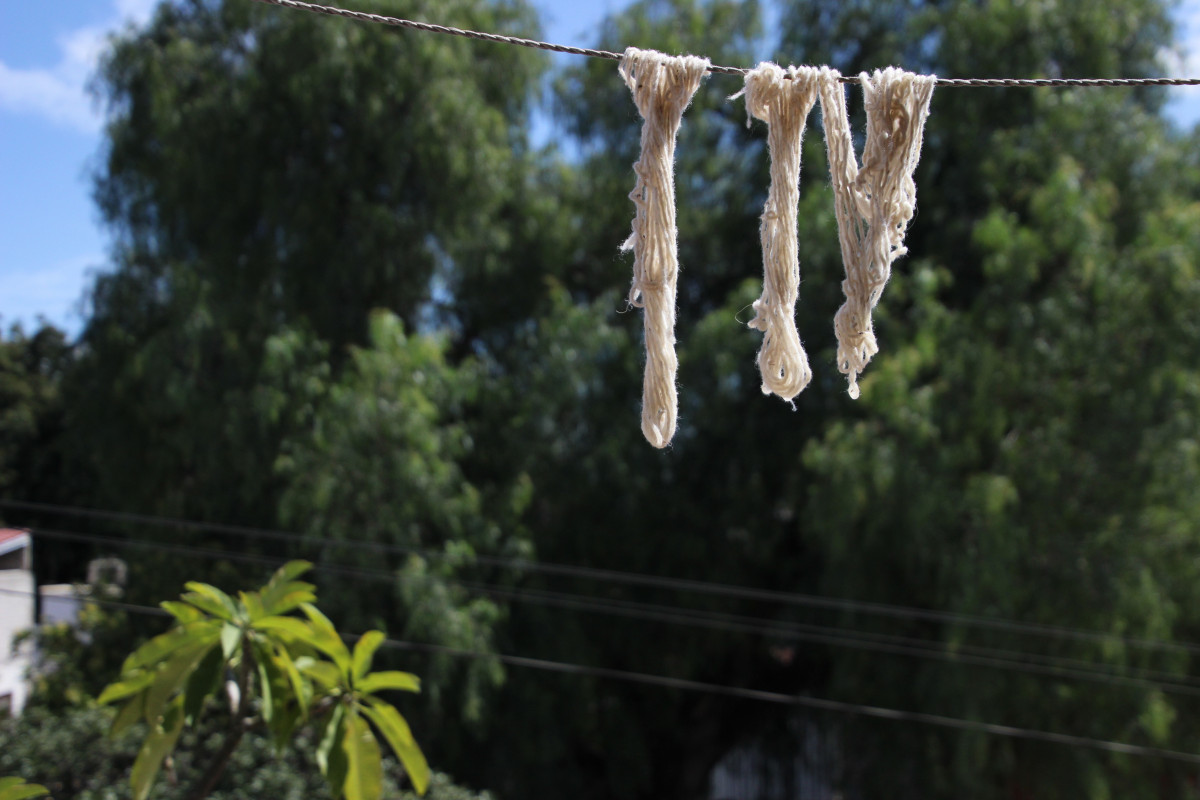
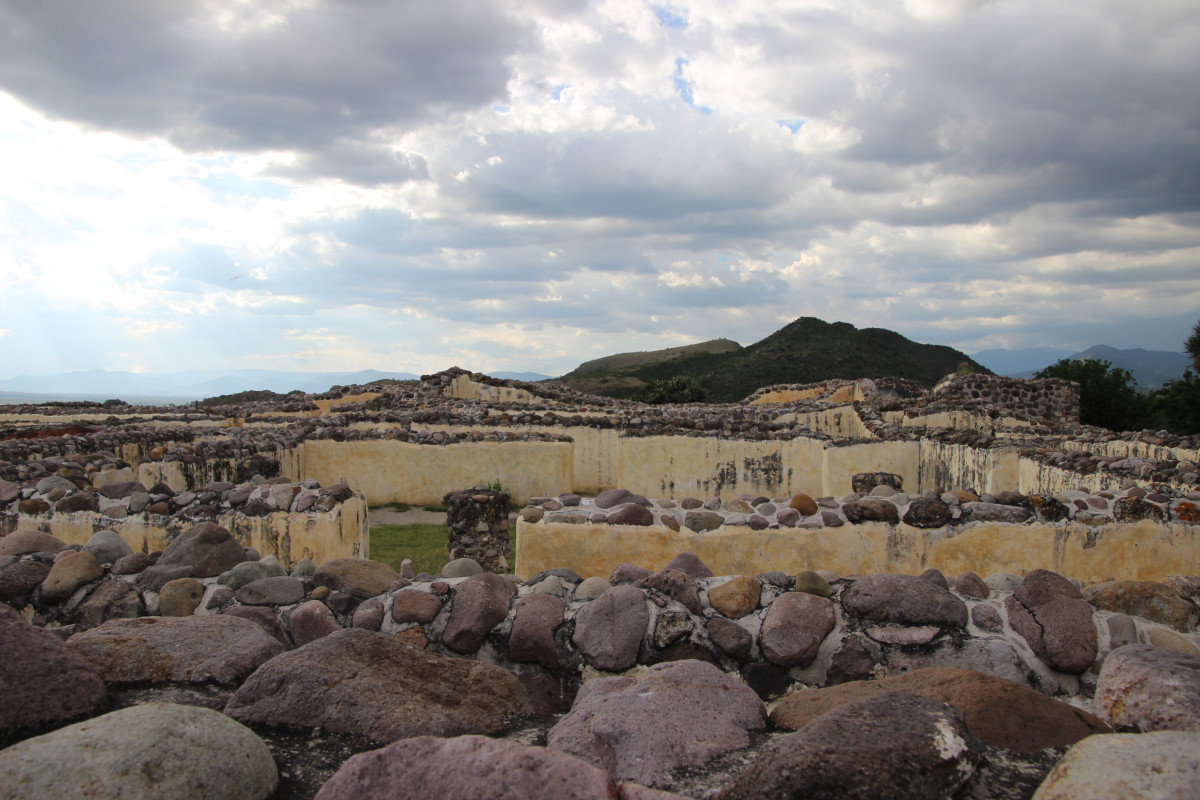
Oaxaca has been an agricultural center for hundreds of years and the history in this area is extremely interesting and diverse. Oaxaca was home to over a dozen different indigenous groups, the main being the Zapotecs and the Mixtec. The state of Oaxaca is spotted with amazing ruins, with 7 sites outside the city center, I have visited Mitla, Monte Alban and Yugul and each is worth a visit. But you can’t talk about Oaxaca without talking about Mezcal, a smokey relative of tequila made from agave. Agave is a major source of income for Oaxacans and an extremely important aspect in their culture. Other important crops for Oaxaca are corn, tobacco, fibres, tropical fruits, sugarcane, wheat and of course coffee.
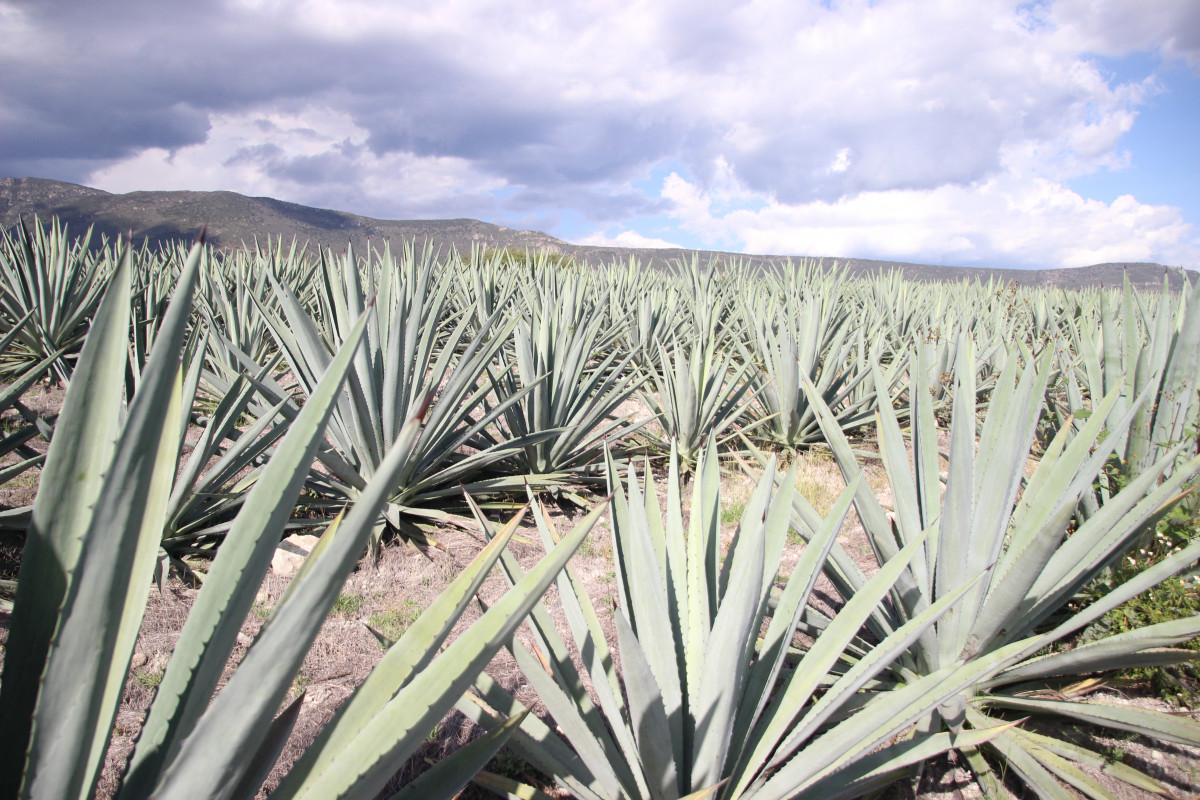
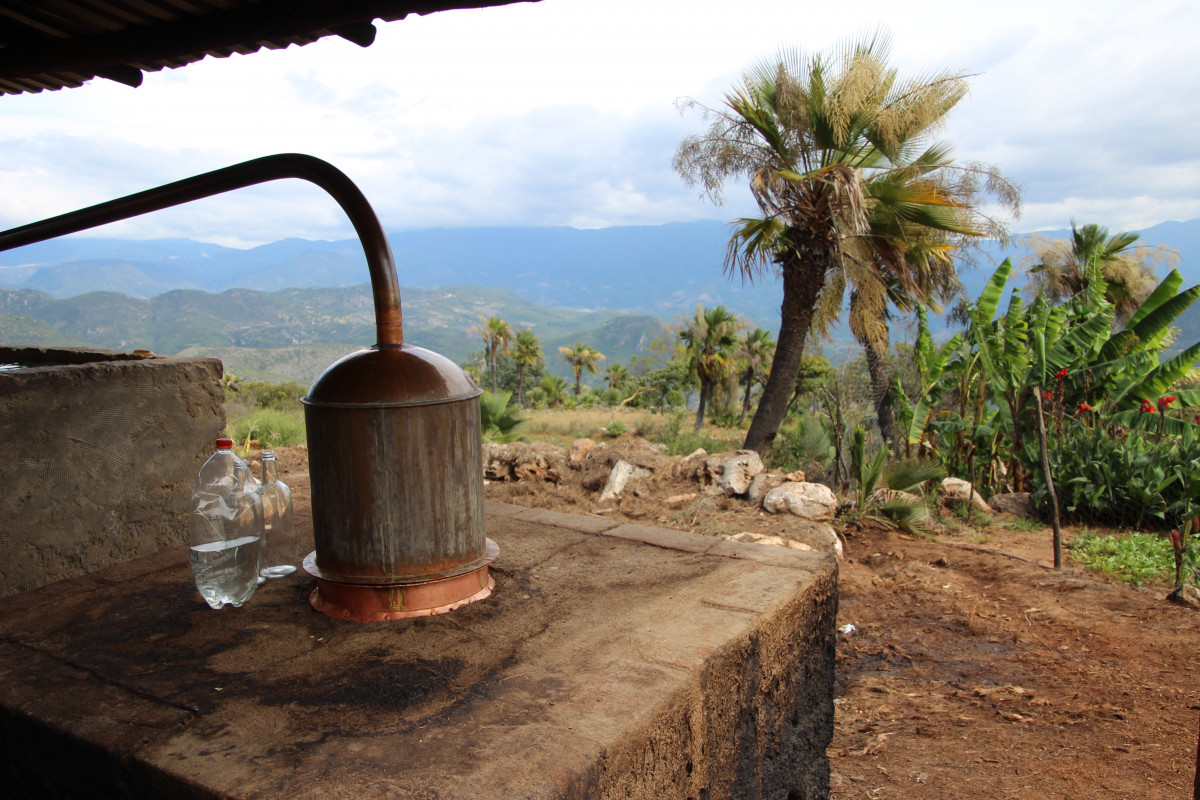

Today Oaxaca is still an extremely ecologically and ethnically diverse region. A large majority of the population is indigenous and are mostly subsistence farmers or miners. Two-fifths of Oaxaca residents speak their native language, which mostly include Zapotec, Mixtec, Mazatec, Chinantec, and Mixé.
